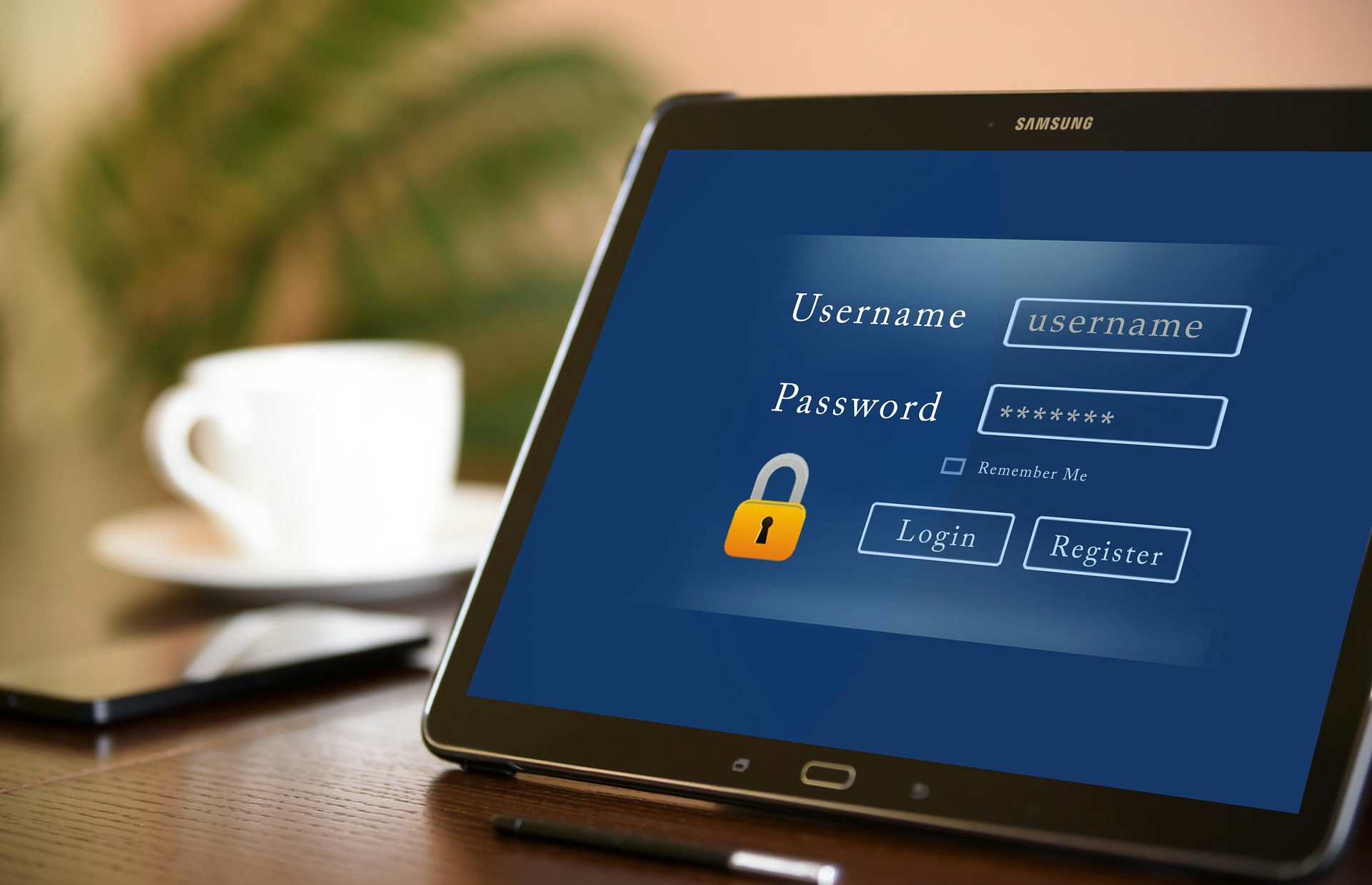As the technology is evolving, more and more features are being added to all those device that we use on a regular basis.
The more the feature, the greater the need to upload and store our personal information is, whether it is a written data or images. As you can imagine, the more data a person is generating, the higher is the demand for security since all of the information stored online is a potential point of user’s vulnerability. This is a ripe source of possibilities for hackers and other ill-intended people out there. To save us from such attacks or threats, there are some security measures. Fortunately, the modern technological solutions the users can take will help them to keep this malignant force out of their houses, lives and families. One of them is the two-step-authentication factor.
The meaning of the two-step-authentication factor
The two-step-authentication factor is the way of confirming a logging procedure in two ways rather than one conventional way. Prior to the creation of such an option, all people had had to do in order to log into an account on various online services was simply putting in a user name and a password. With the two-step-authentication factor, you have to take an additional step to log into your account along with a tradition stage of inserting a password or pin. That additional step, typically, could be a code sent to your phone or mail. Another popular option supported by the two-step-authentication factor is facial recognition. Note, there could be more options depending on a service provider.
Why should you enable the two-step-authentication factor wherever it is available?
Enabling the two-step authentication factor can greatly improve your security for your personal information. The best way to understand the importance of this technology is imagining a scenario in which you do not adopt it and keep on using a traditional security system based on a single password.
If you do not use the two-step-authentication factor does not necessarily mean that you are already done and there will be a security threat arising soon. It is more about taking the measure and prepare for the worst case scenario beforehand as you never know at which pint there will be any attack on your account.
If you are someone who is dealing with millions active monetary transactions, chances of your personal information leaking on the surface are pretty high even if you are quite careful about the data needed for logging into your accounts. Let’s say some hackers have just become aware of your presence in the online world. It is quite possible they will be looking for any vulnerability to exploit that spot. They can go through all of the traces of your online presence throughout the entire history of your usage of the Internet. In such a way, they will be searching for any clue to hack your accounts.
Most of the time, we are not aware of what kind of information we are passing on when we are taking a picture at a random place of random things which might happen to be on such photos. Hackers can easily tap into the sources and there are all chances they will find a way to make it to your account. It could be you fell into a click bait and the piece of programme is already inside your device waiting for you to type your user name and password. As soon as you do this, bang! They got your password to your account. They can blackmail you for the rest of your life or they can entirely clean your accounts in one click of a button and you are done!
When is the two-step-authentication factor especially useful?
Enabling two-step-authentication does not guarantee you will be completely out of such attacks. Still, it can certainly raise the security to a significant level where you can give those malignant people hard times cracking into your hard-earned wealth. This is so true for anyone who has strong online presence on any platforms, especially, for the social media heads. The best move would be enabling a multiple authentication system. In such a way you are securing your account to the maximum level of safety.


Very useful tool. I use two-factor login for applications like banks and applications with sensitive data and there has never been a problem